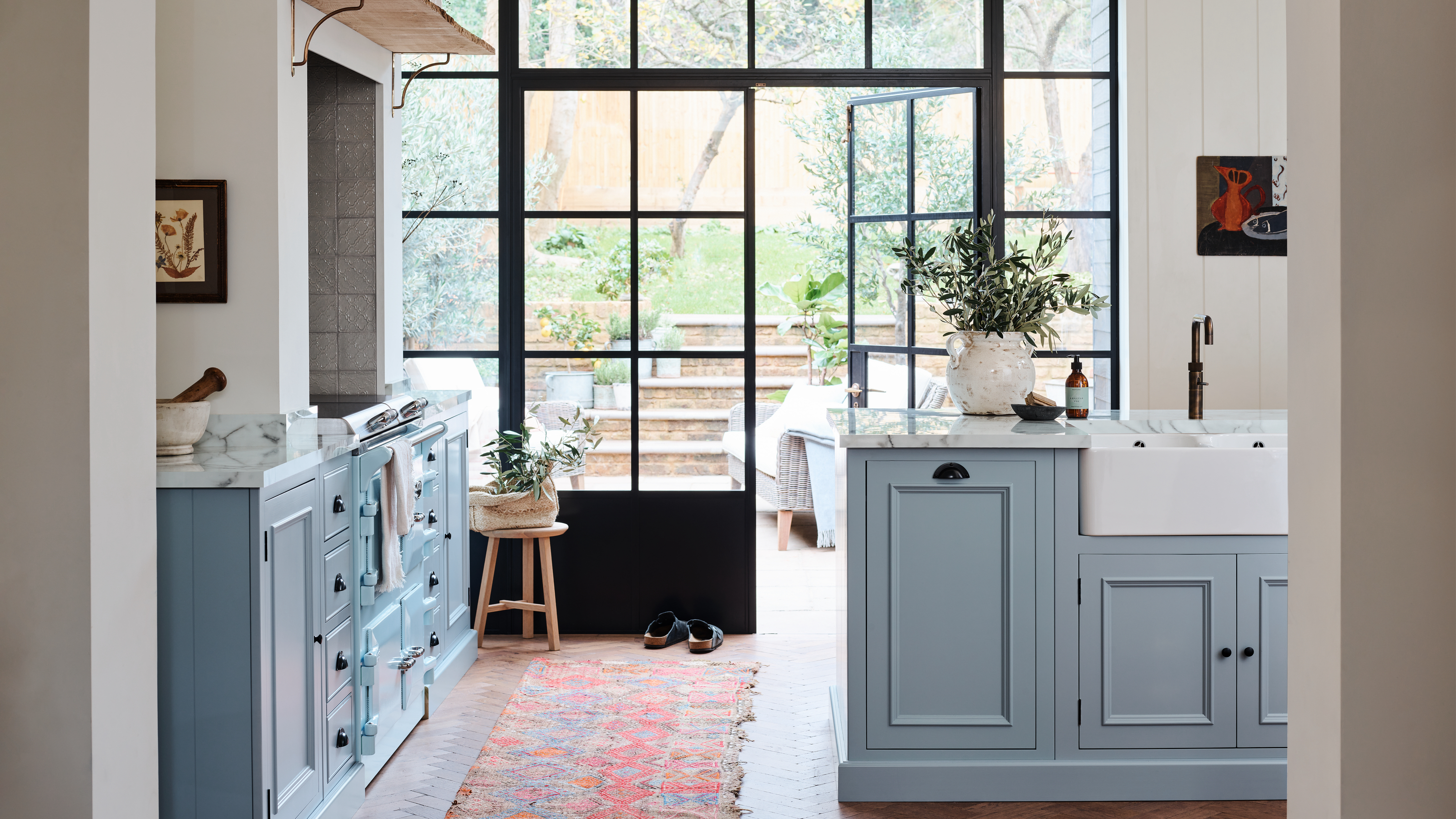
So you've decided to undertake an interior design project but have you set a budget? It's easy to get caught up in the excitement and as a result, costs can spiral pretty quickly. That's why setting a budget from the start and sticking to it is so important.
'What you want to spend on a project vs what you actually end up spending on a project can end up differing quite a bit. But not every home project needs to be a budget buster,' says Joey Conicella, president, of SOCO Interiors.
The key is to have a clear idea of what you want and to do your homework first in terms of costs, that way, your project can go as seamlessly as possible and hopefully, within budget.
Expert tips on setting and sticking to a budget
Designing your space, whether it's one room or the whole house is meant to be an enjoyable experience. But the one thing that can bring down the fun of it is budget. And it really is the most important consideration, so we have asked interior designers for their top tips on how to set a budget for your interior design project, ad then (just as importantly) how to stick to them.
1. Be realistic by getting plenty of quotes
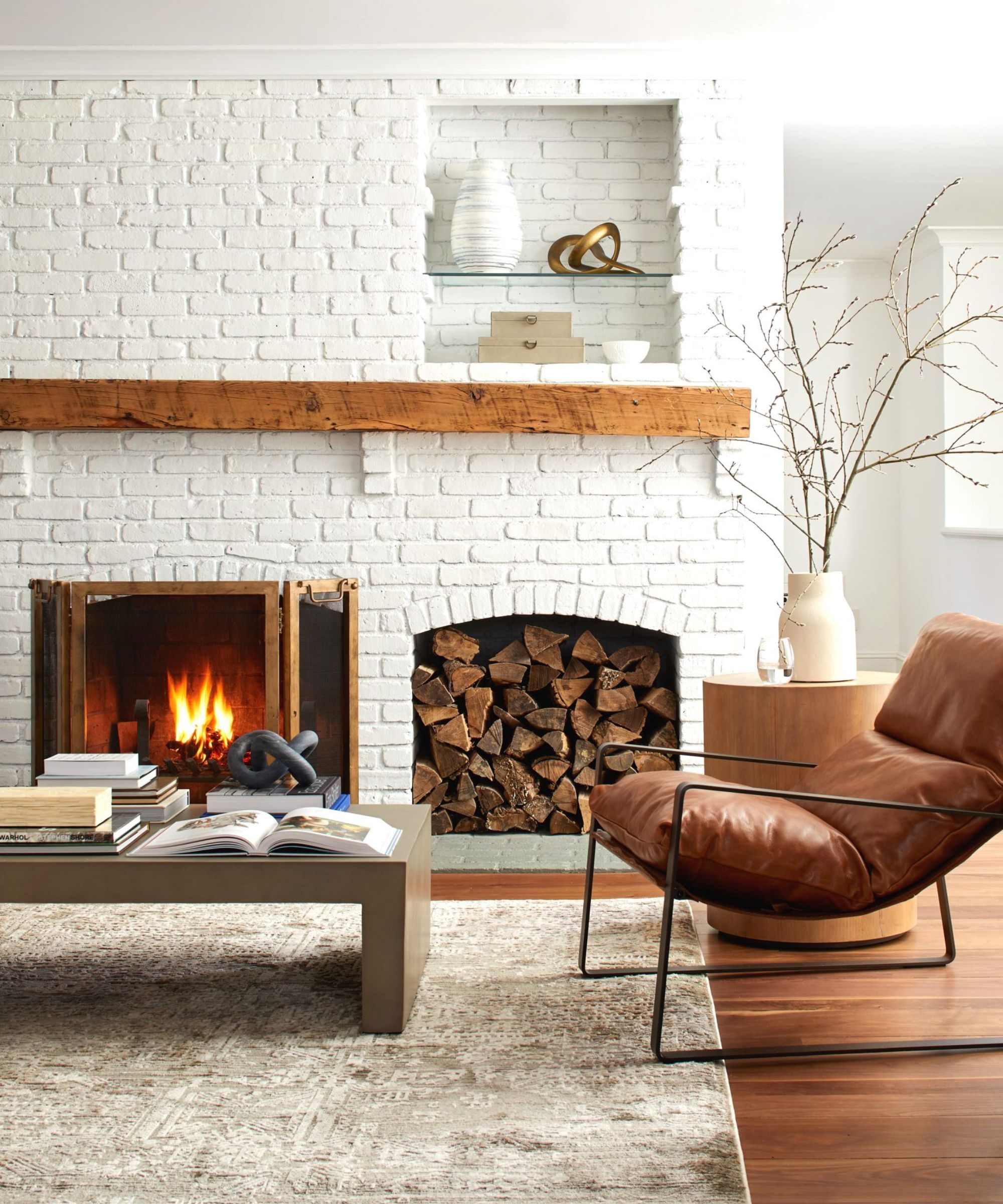
'The golden rule for setting and sticking to a budget is to be realistic! Do your research, get quotes from different sources, and always add a contingency to your budget for the unknown and unplanned,' says Joey Conicella.
Always have a little extra put aside for splurging. Joey adds: 'Don’t assume that you’re going to be frugal with every aspect of the project. Build room in the budget for one or two special moments and you won’t have buyer’s remorse when the time comes to make the purchase.'
2. Set expectations from the start
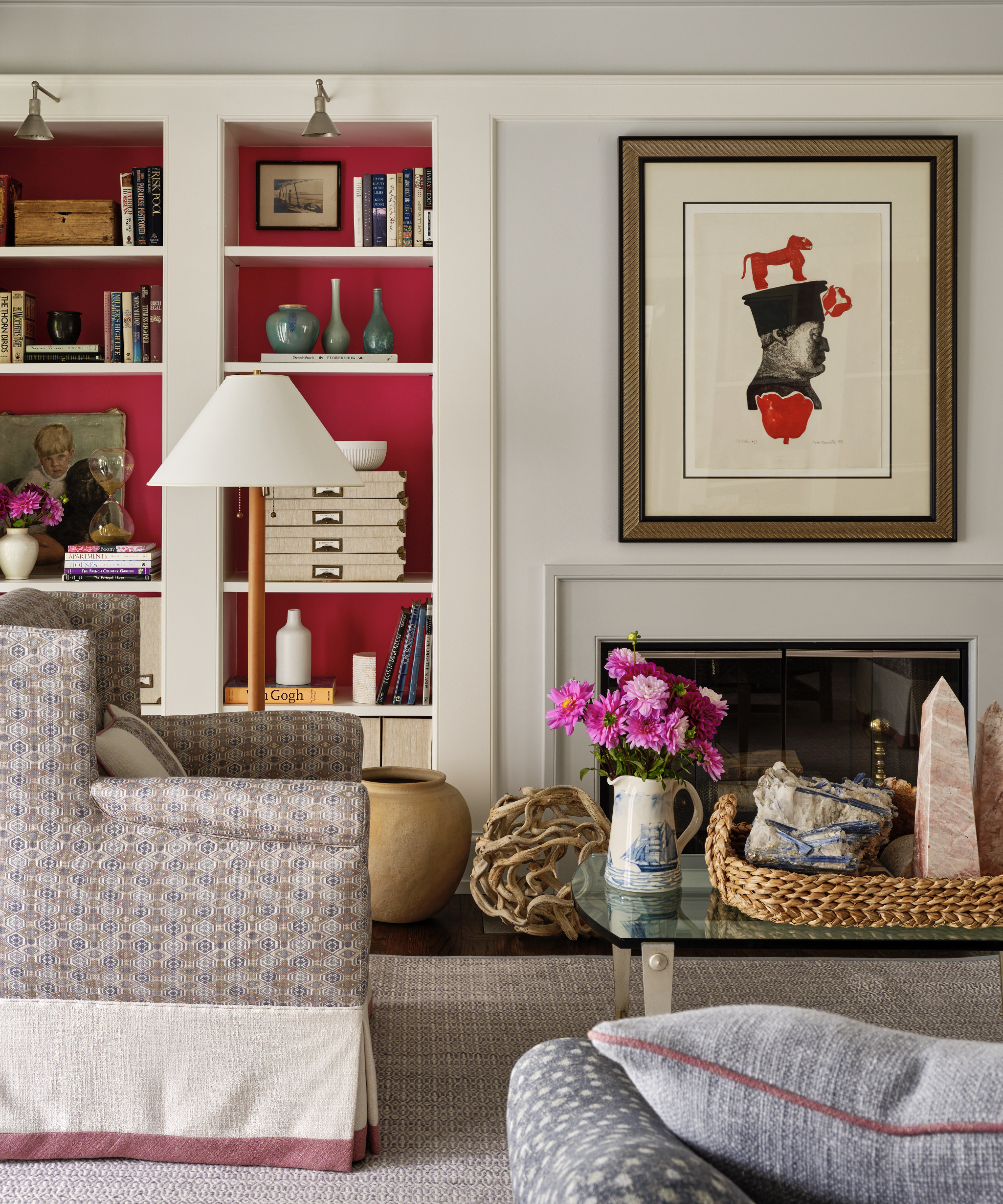
'I always do a line item budget for every item that is shown on the floor plan. I allocate funds to each item to make sure we can stay within budget,' Joshua Smith, principal and founder, Joshua Smith Inc.
'I remember the first time I presented a budget to a client and the husband’s response was, “You mean to tell me that 20% of the overall budget is on custom throw pillows.” We both laughed and I said yes! I told them we're thinking about the throw pillows as works of art; they are custom fabrication, custom sizes, and glorious textiles selected from amazing fabric houses.'
This is why it's so important to list any accessories you want from the start too, we tend to think about the structural elements like glazing, joists and planning, but it's also about those smaller pieces that can add up dramatically if left unchecked.
'The other big ticket item is rugs,' adds Joshua. 'People are often surprised at the cost for quality rugs, especially spaces that need larger than standard stock sizes. It all comes down to setting expectations and educating clients all throughout the process.'
3. Allocate funds for each stage

'To ensure budget adherence in interior design, strategically limit project scope, completing it in phases if needed,' says David Mann, president of MR Architecture + Decor.
This is a really vital point that David makes, and ensures that the project can be managed without causing the usual stresses. Keeping to a budget per phase makes it easier to deal with. David adds: 'Maintain a realistic timeframe, making timely decisions to avoid extensions, fostering efficient and cost-effective design outcomes.'
4. Have an upfront conversation with your designer before starting
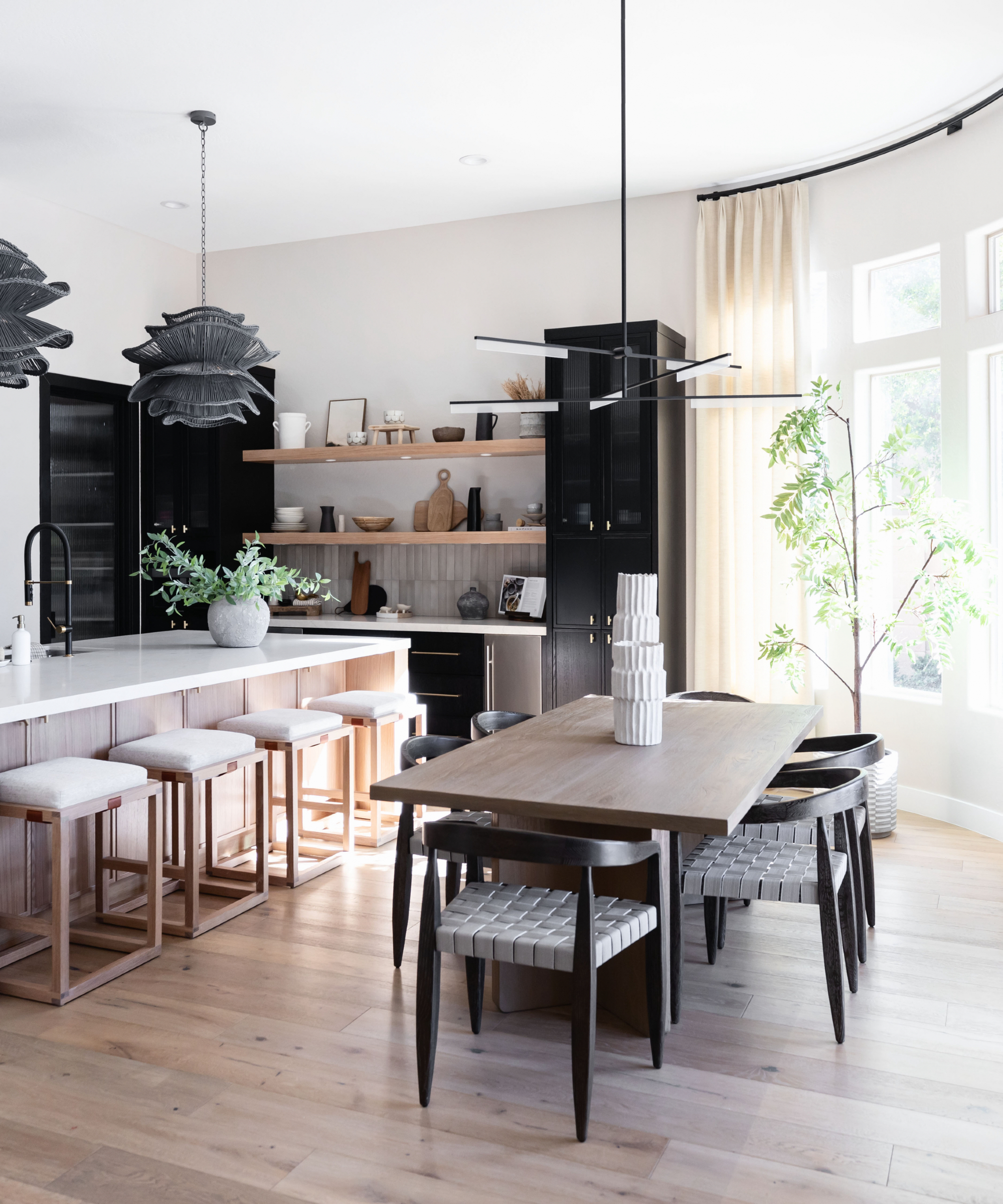
'We find that clients almost always have unrealistic expectations about what it costs to furnish a room,' says Lauren Lerner, CEO and founder of Living with Lolo.
The more research you can do before your project starts the better, it allows you to keep an eye on the prices of items that you may want to include – paints, fabrics, and wallpaper can all get expensive.
'At the beginning of a project, we always present our prospective clients with a minimum furnishings investment so they can understand what is needed to invest in the spaces in order to have the end result be like the images in our portfolio. Having this conversation upfront keeps the client from having sticker shock and allows your process to continue to move forward,'
5. Don't splurge on trends
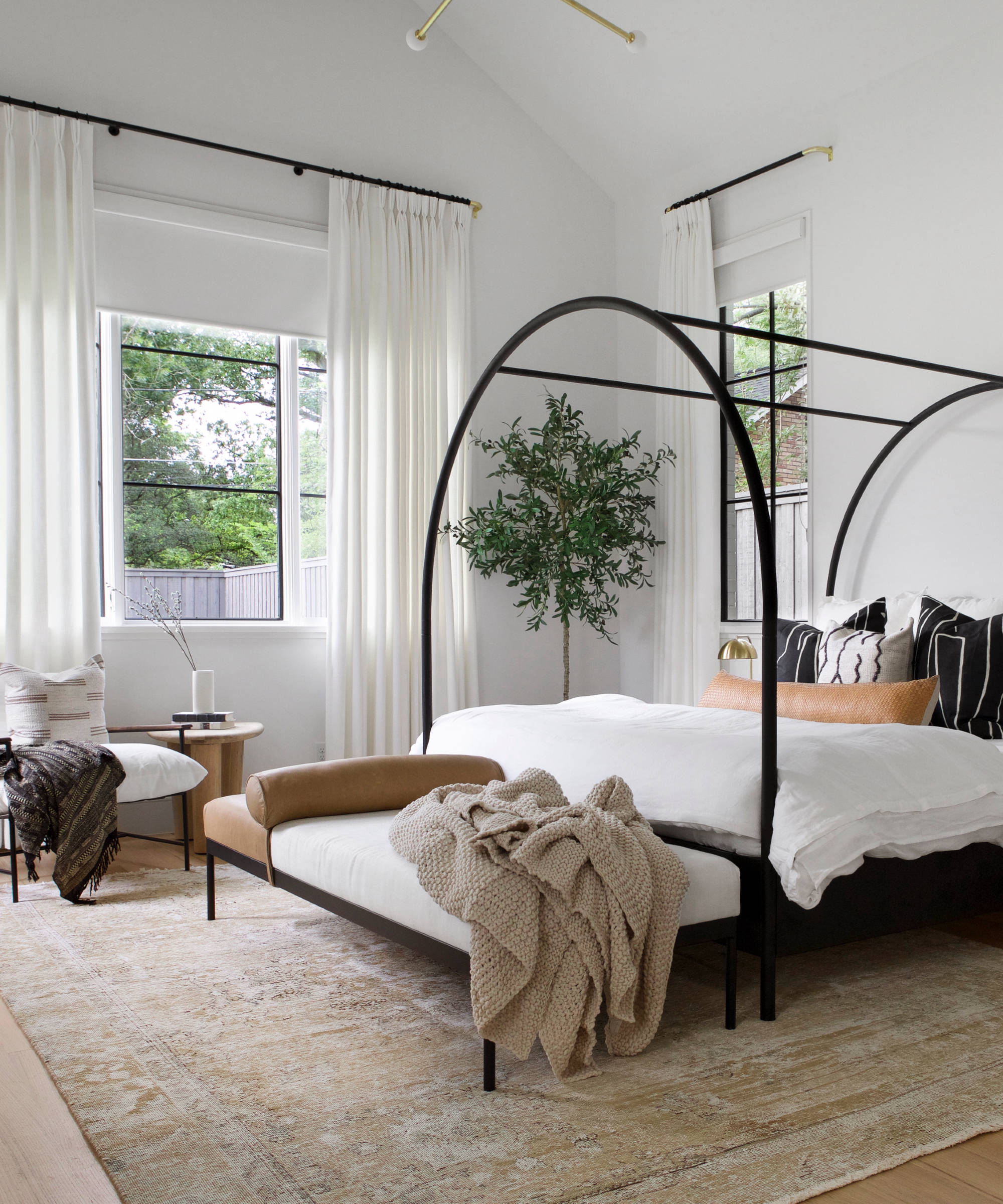
'In the pursuit of a beautiful home, it's common to splurge on fleeting interior design trends that do not stand the test of time,' says Ginger Curtis, CEO and founder of Urbanology Designs.
With so much emphasis on trends these days it's hard not to get swayed by current styles, but with your projects, you want to ensure you are always thinking about creating a home that never dates. 'Invest in high-quality, timeless furniture pieces that offer quiet luxury,' advises Ginger. 'While it's wise to allocate the budget conscientiously, compromising on quality can be a misstep. A truly well-designed space combines higher-end furnishings and decor with more budget-conscious items.'
It can be easy for budgets to get out of control during an interior design project, those shiny elements that catch the eye that you didn't see before you started, or a structural issue that crops up unexpectedly.
The key is to be as organized as possible and to do your research months in advance. Talk to your interior designer at every stage and most of all enjoy the process, interior design projects are transformative in every way.







